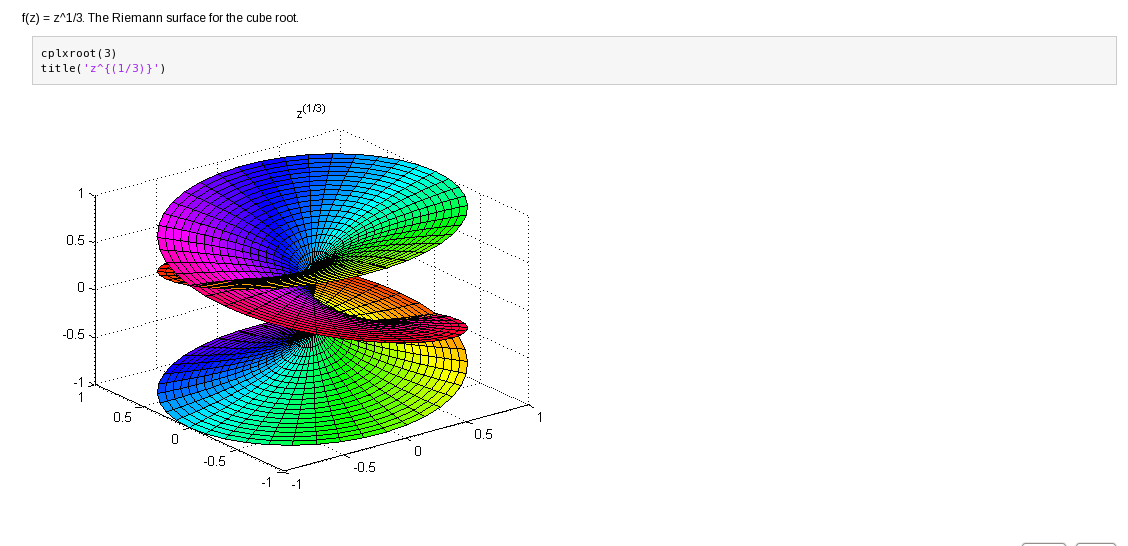User:Madelinebriere
Contents
About me
I am a First Year at Duke University (Class of 2019, AB Duke Scholar) studying Biomedical Engineering. I am looking to get involved in Club Volleyball, Girls Engineering Change, and Duke Student Government. In my free time, I enjoy reading (especially dystopian novels such as "The Giver by Lois Lowry, and scientific texts like the one mentioned below in Grand Challenges), cooking/ baking and independent research (e.g., www.astro-omics.com).
About my family
My mother, Holly Fitch, is a Professor of Neuroscience at University of Connecticut. My father, Daniel Briere, is an entrepreneur and the author of several of the "For Dummies" books. My twin brother, Chris Briere, is a First Year at MIT (Class of 2019), and my older brother, Nick Briere, and sister, Emily Briere, are graduates of the Duke University Class of 2015.
Name Pronunciation
My first name is pronounced: MAD-dee. My last name is pronounced: Bree-AIR.
Grand Challenges
I see the brain to be one of the biggest enigmas in the scientific world today. Hence, I see reverse engineering the brain as one of the biggest challenges for the engineering community of this era.
Reverse Engineering the Brain: This article delves into the problems associated with reverse engineering the brain, highlighted after the release of the book How to Create a Mind: The Secret of Human Thought Revealed by Ray Kurzweil:
Ray Kurzweil's Dubious New Theory of Mind, Gary Marcus, The New Yorker, created November 15, 2012, accessed August 27, 2015 (Reverse Engineering the Brain)
MATLAB Demonstrations
My favorite demonstration of the given MATLAB demonstrations within the Help Section is Functions of Complex Variables. This page shows several examples of complex variable manipulations being plotted in MATLAB with ease. These functions are formed with the height of the resulting surface representing the real part of the domain and the color of the surface representing the imaginary part, a system which creates beautifully intricate plots in seconds.
After taking higher levels of mathematics and having to work with complex variables by hand, it is hard not to appreciate the ease with which MATLAB can handle these problems. Examples include the Riemann surface for the cube root and the Riemann surface for the square root. Here is the Riemann Surface for a cube root as demonstrated in the Help Section of MATLAB.
Matlab Help Files. "Functions of Complex Variables." Mathworks, Cambridge, MA. February 11, 2014
Here is the work that would have to be done by hand to reach the same place.
